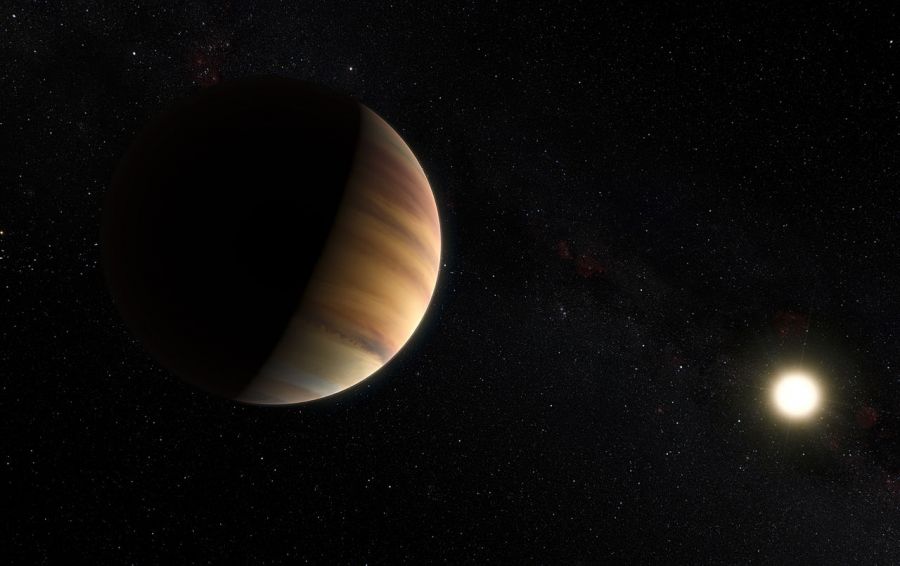For thousands of years, the night sky was just a splash of random dots. Over time, constellations were formed by connecting the brighter points of light of a certain area of sky. Here, imaginary shapes were formed representing an object, person, animal or even a god – the constellations.
Then came the mythologic stories and how they interacted in the celestial theatre. Those that looked at the sky regularly would notice a brighter than usual star or stars traverse a path across the sky over weeks, months and years. Not known at the time, these are the members of our solar system.
The word planet came from the early Greeks meaning “wanderer” or “wandering star” and for obvious reasons. Seen with the unaided eye are Mercury, Venus, Mars, Jupiter and Saturn. Uranus and Neptune were discovered via the telescope in 1781 and 1846 respectively. Pluto was discovered in 1930 but demoted to minor planet status in 2006 so the count remains at eight major planets orbiting its parent star – the sun.
Brilliant Venus is seen low in the southwest sky after sunset while bright Jupiter is seen in the southeast with dimmer Saturn about five inches to Jupiter’s right at arm’s length.

Once the planets were identified and studied, we thought we were the only solar system in our Milky Way Galaxy. Little did we know all that would change in the early 1990s.
The first discovery of an exoplanet (a planet that orbits a star outside the solar system) was discovered in 1992. Three planets are orbiting this pulsar located 2,300 light-years away.
Pulsars are very energetic stars resulting from the explosive death of a massive star called a supernova. If these three worlds had any life on them before the star blew its top, the shockwave from the supernova stripped away its atmosphere and is bathing the lifeless planets in deadly radiation.
However, the big discovery came in 1995 when the first exoplanet orbiting a sun-like star was discovered. The star named 51 Pegasi is located 50.8 light-years away in the constellation Pegasus – seen overhead on these cool nights.
This star is visible with the unaided eye on a clear moonless night. Of course, you will not see the exoplanet named Bellerophon even with a telescope but knowing that a world is orbiting that tiny point of light is mind-blowing.

The search did not end in 1995. Thanks to ground-based telescopes and the orbiting Kepler Space Telescope, the count so far is 4,531 confirmed planets with 7,798 candidates. These discoveries were made from a small portion of the sky. Some astronomers have stated that every star in the night sky has at least one exoplanet around it.
Many are too close to their star to support life as we know it but there are a few in the habitable or Goldilocks zone where liquid water remains fluid, like the oceans here on earth. Finding an exoplanet with water is the key to finding life.
The Milky Way contains an estimated 300 billion stars. Imagine if a single grain of table salt represented a star, you can fill a sandbox 20 feet long by 20 feet wide by one foot high. There are an estimated two trillion galaxies in the observable universe. Think of all those worlds and the possibility of life.
Look up at the sky, look at a sky full of planets.
Till next time, clear skies.
Known as “The Backyard Astronomer”, Gary Boyle is an astronomy educator, guest speaker and monthly columnist for the Royal Astronomical Society of Canada. He has been interviewed on more than 50 Canadian radio stations as well as television across Canada and the US. In recognition of his public outreach in astronomy, the International Astronomical Union has honoured him with the naming of Asteroid (22406) Garyboyle. Follow him on Twitter: @astroeducator or his website: wondersofastronomy.com
















